
Guide to Rail Travel in Japan
Japan’s extensive rail network is one of the most efficient, punctual, and convenient ways to explore the country. With world-famous bullet trains (shinkansen), scenic local routes, and various rail passes designed specifically for tourists, traveling by rail allows visitors to access cities, towns, and remote regions with ease. This guide will cover everything you need to know about rail travel in Japan, from navigating different train types and ticketing systems to must-have rail passes and tips for a smooth journey.
1. Overview of Japan's Rail Network
Japan’s rail network is expansive, connecting all major cities and regions across the country. Operated by Japan Railways (JR) and several private rail companies, the system is known for its reliability and punctuality. High-speed shinkansen trains link major cities, while local trains provide access to smaller towns and rural areas. For tourists, Japan’s rail network makes exploring the country convenient, safe, and efficient, with options ranging from rapid express trains to scenic regional lines.
2. Types of Trains
Japan’s rail system offers several types of trains, each suited to different travel needs:
Shinkansen (Bullet Trains)
The high-speed shinkansen network connects cities from Hokkaido to Kyushu. Known for speeds of up to 320 km/h, shinkansen trains are the fastest way to travel long distances. Popular routes include the Tokaido Shinkansen, which links Tokyo, Kyoto, and Osaka.
Limited Express Trains
Limited Express trains provide rapid service between major cities and regions, offering fewer stops than local trains. They are ideal for mid-range journeys where shinkansen are not available.
Rapid and Local Trains
Rapid trains skip some stations and cover distances faster than local trains, which stop at every station. Both types serve urban and suburban areas, with local trains reaching rural stations, making them ideal for exploring smaller towns.
3. Rail Passes for Tourists
Several rail passes offer unlimited travel within specific regions or on select JR lines. These passes are exclusive to international visitors and provide excellent savings:
Japan Rail Pass
The Japan Rail Pass offers unlimited travel on all JR lines nationwide, including most shinkansen routes. Available in 7, 14, and 21-day options, this pass is ideal for travelers covering multiple regions.
Regional Rail Passes
For those exploring specific areas, JR offers regional passes, such as the JR Kansai Pass and JR Hokkaido Pass. These passes are cost-effective for travel within one region, especially for short trips.
Other Passes
Some private rail companies, like Odakyu and Tobu, offer passes covering routes and attractions around Tokyo and other cities, providing flexibility at lower costs.
4. Ticketing and IC Cards
Understanding Japan’s ticketing system ensures a hassle-free travel experience. Options include single tickets, IC cards, and reserved seating:
Single Tickets
Single tickets can be purchased at ticket machines or counters. While convenient for short journeys, they may not be cost-effective for extended travel.
IC Cards
IC cards like Suica and Pasmo are rechargeable smart cards that allow cashless travel on trains, buses, and even some shops. These cards simplify transfers and are compatible across most of Japan.
Reserved and Non-Reserved Seating
Shinkansen and Limited Express trains offer both reserved and non-reserved seats. Reserved seating, which can be booked at ticket counters or online, guarantees a seat, especially on popular routes during peak times.
5. Navigating Train Stations
Japanese train stations, particularly in major cities, can be large and complex, featuring multiple entrances, exits, and shopping areas. Signage in English is common, and station staff are generally helpful:
Best for: Travelers who prefer efficient and organized transit hubs for easy navigation.
6. Train Etiquette
Respectful behavior on trains contributes to a smooth travel experience for everyone. Here are some key etiquette guidelines:
- Keep noise levels low and avoid phone conversations.
- Offer seats to the elderly, disabled, and those with small children.
- Refrain from eating on local and rapid trains. Eating is acceptable on long-distance shinkansen and Limited Express routes.
7. Popular Rail Routes and Scenic Journeys
Japan’s railways offer scenic journeys that showcase the country’s diverse landscapes and seasonal beauty:
Tokaido Shinkansen (Tokyo to Osaka)
This iconic route connects Tokyo, Nagoya, Kyoto, and Osaka. The journey offers views of Mount Fuji on clear days, blending city and nature along the way.
Hida Limited Express (Nagoya to Takayama)
The Hida route travels through the Japanese Alps, with stunning views of rivers, mountains, and rural villages. This scenic journey is especially beautiful in spring and autumn.
Resort Shirakami (Akita to Aomori)
This sightseeing train travels along the rugged coastline of northern Japan, with views of the Sea of Japan and lush forests. It’s popular among nature enthusiasts and photographers.
8. Tips for Smooth Rail Travel
Here are a few tips to enhance your rail travel experience in Japan:
- Plan ahead, especially if traveling during peak seasons when seats may fill up quickly.
- Store luggage securely to avoid blocking aisles, particularly on crowded trains.
- Download travel apps like Hyperdia or Japan Transit Planner for real-time scheduling information.
Conclusion
Traveling by rail in Japan is a fantastic way to explore the country’s urban centers, scenic landscapes, and remote areas. With a variety of train types, convenient ticketing options, and region-specific rail passes, Japan’s rail system accommodates all types of travelers. Armed with this guide, you’re ready to navigate the intricacies of Japanese rail travel and make the most of your journey through this beautiful and fascinating country. Happy travels!
Share
You may also like
-

Visiting Japan’s Love Hotel Districts: What to Expect
Japan’s love hotel districts are famous for their unique and fascinating blend of privacy, creativity, and a touch of...
-

Top 10 Late-Night Dining Spots in Tokyo’s 24-Hour Cafes
Tokyo’s vibrant nightlife extends well beyond bars and nightclubs, with a thriving late-night dining culture tha...
-
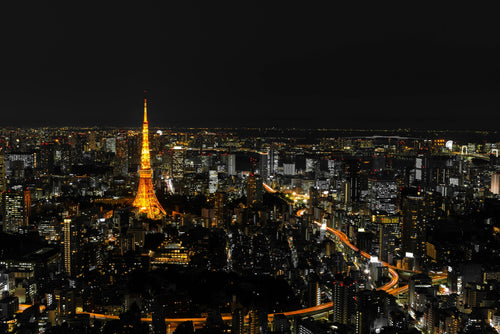
Best Night Tours in Tokyo for After-Dark Adventures
Tokyo’s nightlife is renowned for its energy, vibrancy, and unique blend of traditional and modern experiences. From ...
-
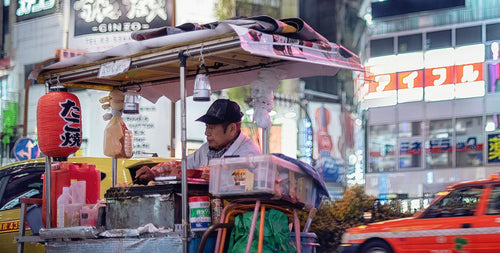
Japan’s Late-Night Food Culture: 8 Best Street Eats
Japan’s late-night food culture is a vibrant experience, especially in bustling cities like Tokyo and Osaka, where de...
-
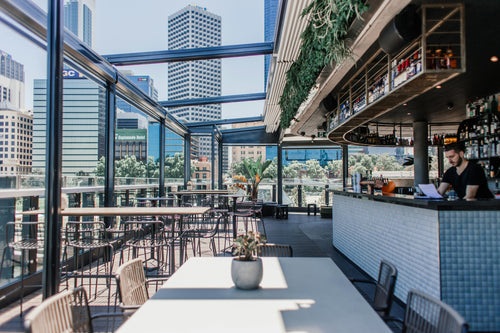
7 Rooftop Bars in Tokyo for Stunning Views
Tokyo’s rooftop bars offer some of the best ways to soak in the city’s skyline while enjoying drinks, atmosphere, and...
-

10 Best Nightclubs in Tokyo for Dancing and Music Lovers
Tokyo's nightlife is renowned for its variety and energy, with nightclubs that range from high-energy dance floors to...
-
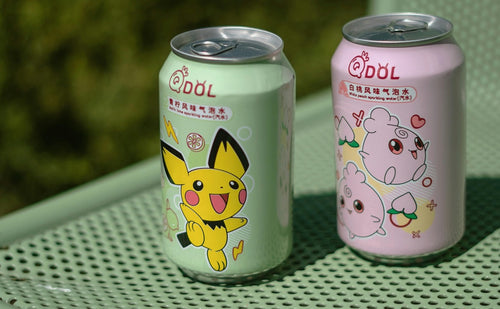
8 Themed Bars and Cafes You Need to Visit in Tokyo
Tokyo is famous for its creative and quirky themed bars and cafes, offering immersive experiences for locals and...
-

Tokyo Nightlife Guide: Shinjuku, Shibuya, and Roppongi Highlights
Tokyo’s nightlife is legendary, offering a mix of vibrant energy, entertainment, and unique experiences in some of it...
-
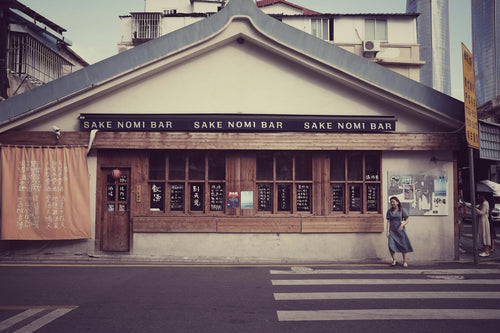
7 Best Japanese Sake Bars in Tokyo
Tokyo is home to some of Japan’s best sake bars, offering both locals and visitors an opportunity to explore the...
-
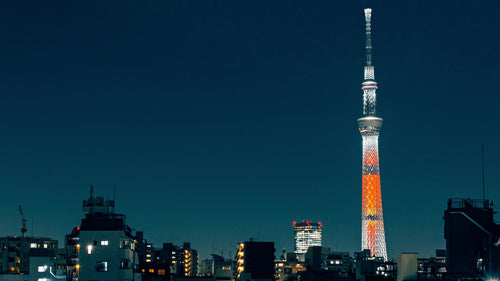
Top 6 Observation Decks in Tokyo for Scenic Views
Tokyo’s observation decks offer some of the best panoramic views of the city, giving visitors a chance to see th...
-
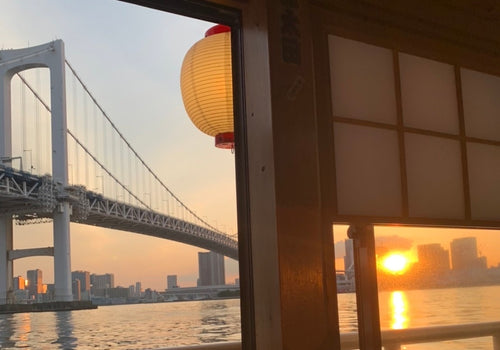
Night Cruises in Tokyo: Enjoy the City Views
Tokyo’s skyline is mesmerizing at any time, but experiencing it from the water on a night cruise adds a magical ...
-
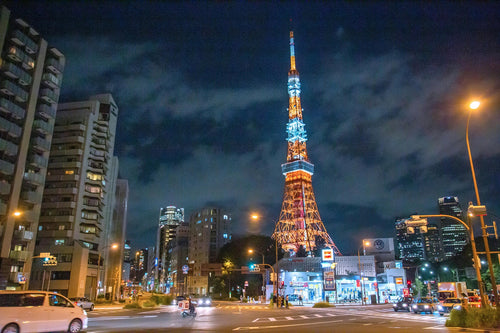
Roppongi Art and Nightlife Guide
Roppongi is one of Tokyo’s most vibrant districts, known for its lively nightlife, sophisticated art scene, and ...
-
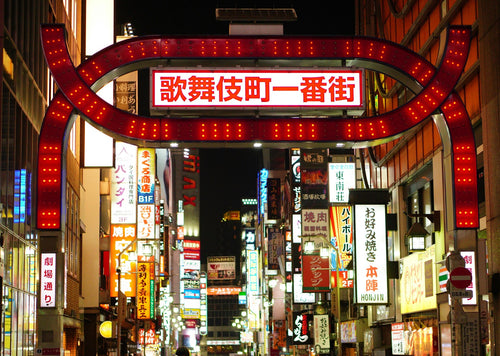
Nightlife Guide to Shinjuku Kabukicho
Shinjuku’s Kabukicho district, known as Tokyo’s “Sleepless Town,” is the center of nightlife in Tokyo. Renowned ...
-
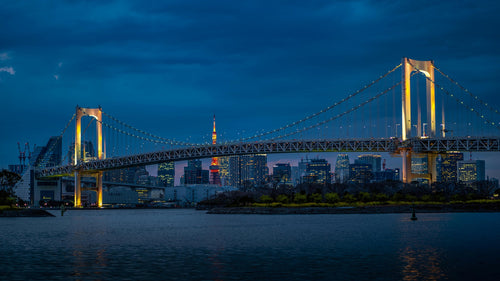
6 Best Night View Spots in Tokyo
Tokyo at night is a breathtaking spectacle, with illuminated skyscrapers, iconic landmarks, and bustling streets that...
-
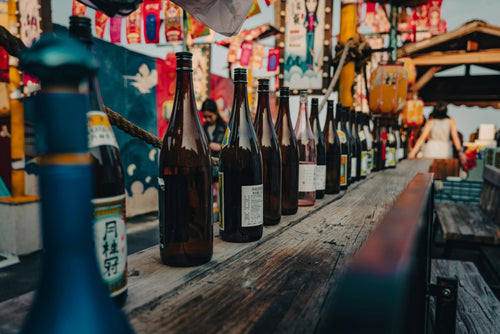
Top 12 Sake Breweries in Japan for Tasting and Tours
Japan’s sake culture is celebrated around the world for its depth, complexity, and rich history. Sake, or nihons...
-
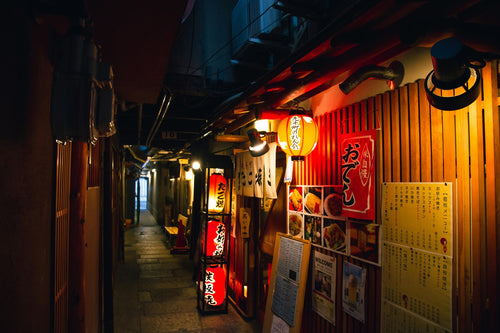
How to Enjoy a Night at a Japanese Izakaya
Japanese izakayas are casual, lively spots where locals gather after work to enjoy drinks, share small plates, a...
-

Exploring Karaoke Culture in Japan: 8 Best Places to Sing
Karaoke is an integral part of Japanese culture, offering a fun and entertaining way for friends, family, and even co...
-
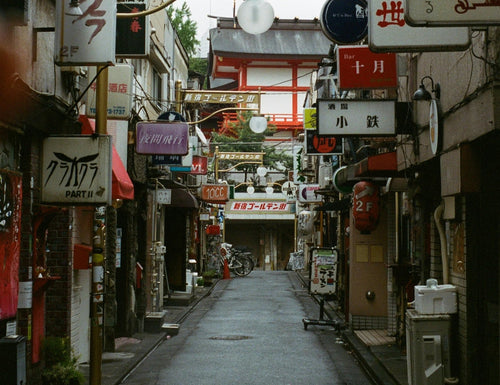
5 recommended bars in Golden Gai
Golden Gai, nestled in the heart of Tokyo’s Shinjuku district, is one of the city’s most iconic bar districts. Known ...
-

10 Japanese Gardens You Should Visit for Tranquility
Japanese gardens are renowned for their beauty, tranquility, and intricate designs that reflect harmony with nature. ...
-
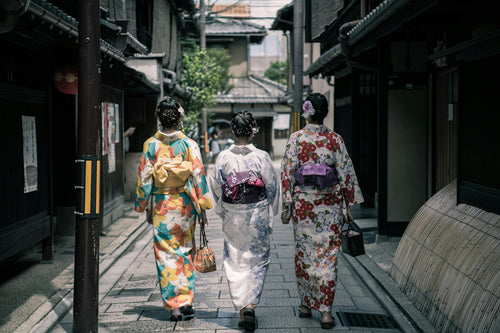
Japan’s Kimono Heritage: Symbolism, Style, and Where to See
The kimono, Japan’s traditional garment, is a beautiful and symbolic representation of Japanese culture. From its int...
-
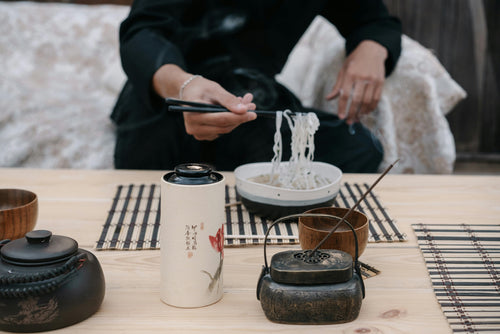
Etiquette Essentials for Visitors to Japan
Japan’s culture is rich in respect, politeness, and consideration, making etiquette an essential part of daily l...
-

7 Best Places to Discover Japan’s Samurai History
Japan’s samurai history is one of honor, skill, and deep cultural influence, stretching back centuries and leaving an...
-
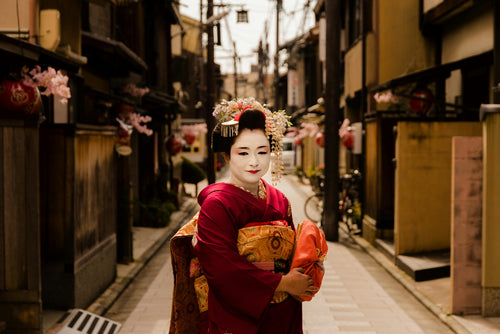
Geisha Culture in Japan: Myths and Realities
The world of geisha, Japan’s skilled performers and keepers of traditional arts, has long intrigued people around th...
-
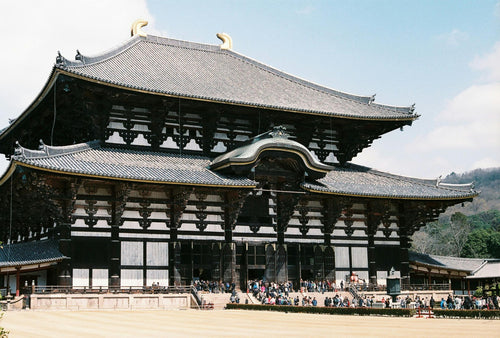
Japan’s Unique Architecture: Top 8 Traditional and Modern Landmarks
Japan is renowned for its unique blend of ancient architectural heritage and cutting-edge modern designs. From c...
-
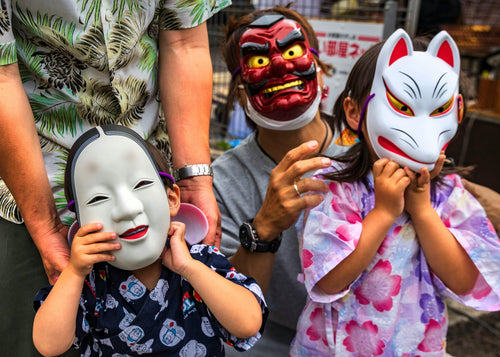
10 Traditional Japanese Festivals (Matsuri) You Can’t Miss
Japanese festivals, or *matsuri*, are vibrant celebrations of cultural heritage, featuring elaborate costumes, l...
-
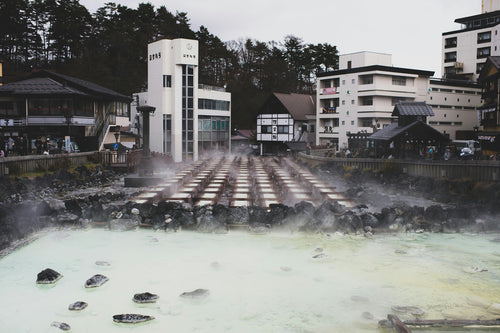
Japan’s Three Great Onsen: A Guide to Famous Hot Springs
Japan is famous for its natural hot springs, or *onsen* (温泉), offering visitors a unique opportunity to relax and rej...
-
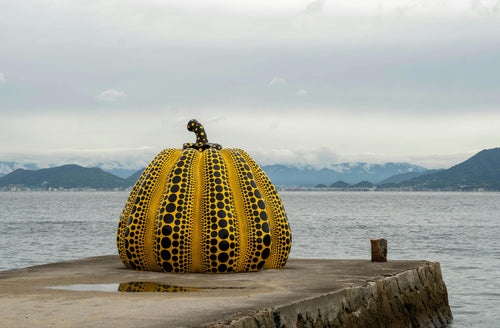
Japanese Art Exploration: Best Spots to Enjoy Art in Japan
Japan is a country rich in artistic heritage, from centuries-old traditional crafts to modern, innovative instal...
-

Guide to Japan’s Fireworks Festivals: When and Where to Go
Japan’s summer fireworks festivals, known as "hanabi taikai" (花火大会), are among the most anticipated events in th...
-
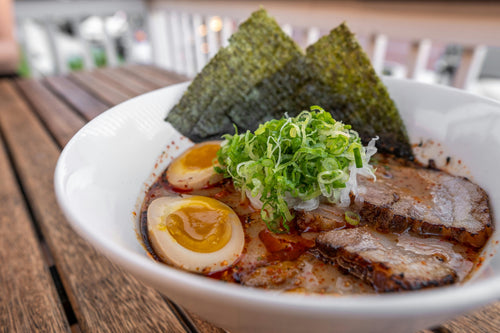
Where to Experience Ramen-Making Classes in Japan
Ramen is one of Japan’s most beloved dishes, with countless regional styles and flavors that attract food lovers from...
-
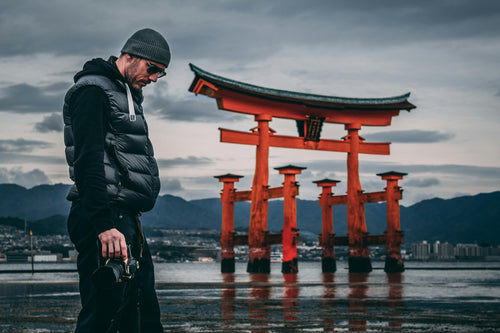
Power Spot Tours: Japan’s Famous Temples and Shrines
Japan is a land steeped in spiritual history, and visiting its temples and shrines provides not only a glimpse i...
-
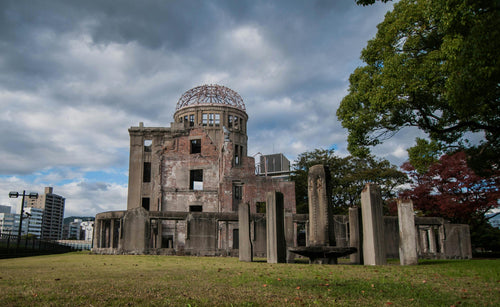
UNESCO World Heritage Site Tour Guide in Japan
Japan is home to numerous UNESCO World Heritage Sites, each offering a glimpse into the country’s rich cultural herit...
-
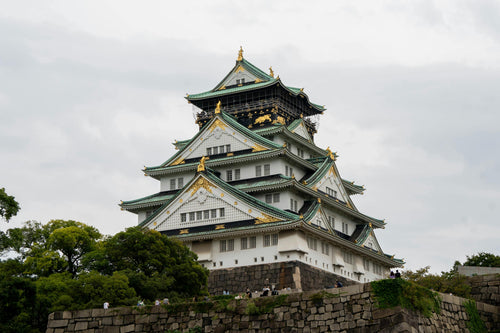
5 Famous Japanese Castles: History and Highlights
Japan is home to some of the most beautiful and historically significant castles in the world. Built during the feuda...
-
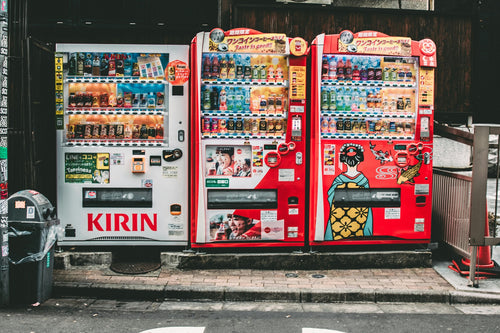
10 Unique Drinks to Try from Japanese Vending Machines
Japan is famous for its vending machines, offering an incredible variety of drinks that go beyond just soft drinks an...
-
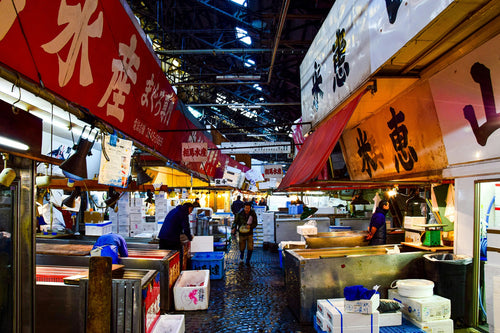
Tokyo Market Guide: Exploring Tsukiji and Toyosu Markets
Tokyo's Tsukiji and Toyosu Markets are must-visit spots for food lovers and anyone interested in Japan’s rich culinar...
-
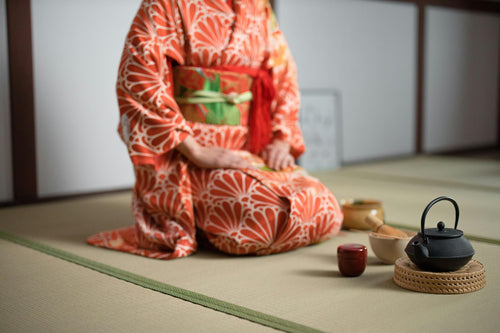
Experiencing Traditional Tea Ceremony in Tokyo
The Japanese tea ceremony, or "chanoyu," is a cultural experience steeped in tradition, aesthetics, and mindfulness....
-
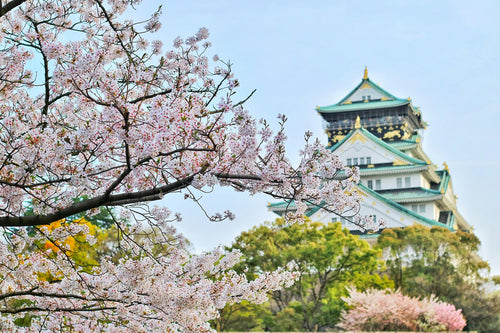
Top 7 Cherry Blossom Viewing Locations in Tokyo
Springtime in Tokyo is synonymous with the cherry blossom season, a breathtaking period when the city’s parks, rivers...
-
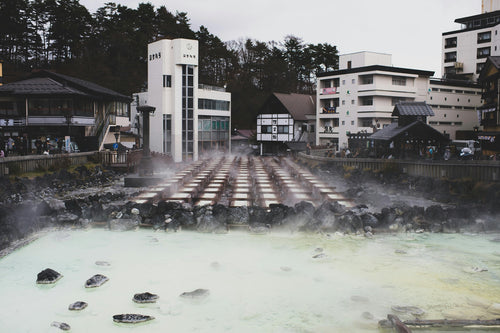
What is Onsen? A Guide to History, Benefits, and Etiquette
Onsen, Japan’s cherished hot spring culture, offers a unique blend of relaxation, scenic beauty, and deep-rooted trad...
-
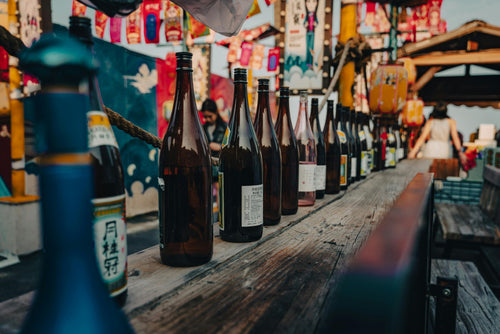
What is Sake? Its Production Method and History
Sake is a traditional Japanese alcoholic beverage made from fermented rice. It has been enjoyed in Japan for over a t...
-
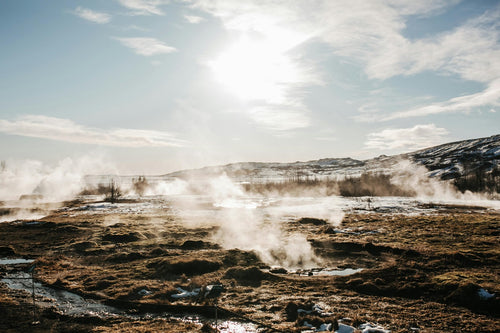
8 hot springs with beautiful scenery near Tokyo
Tokyo is a bustling metropolis, but just outside the city are some of Japan's most serene hot springs, or onsens, off...
-

Top 10 museum to visit in Tokyo
Tokyo is home to a diverse range of museums that cater to all interests, from art and history to technology and pop c...
-
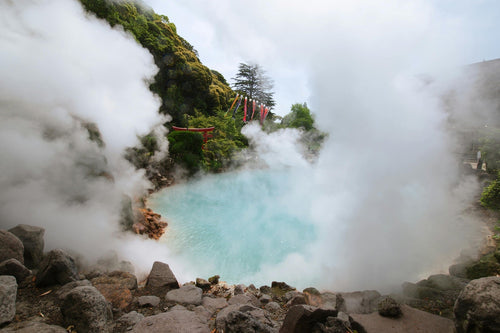
9 Best Hot Spring and Bathhouse in Tokyo
Tokyo is known for its vibrant urban energy, but it's also a fantastic place to relax and rejuvenate in hot springs (...
-
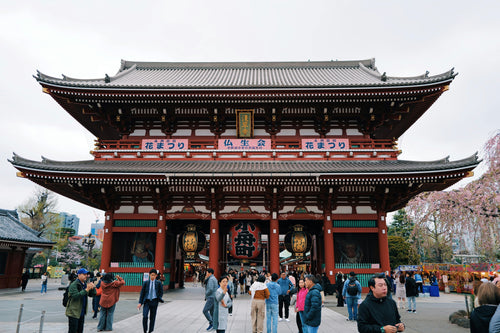
15 Famous Temples and Shrines to Visit near Tokyo
Tokyo and its surrounding areas are home to many famous temples and shrines that showcase Japan's rich spiritual and ...










































